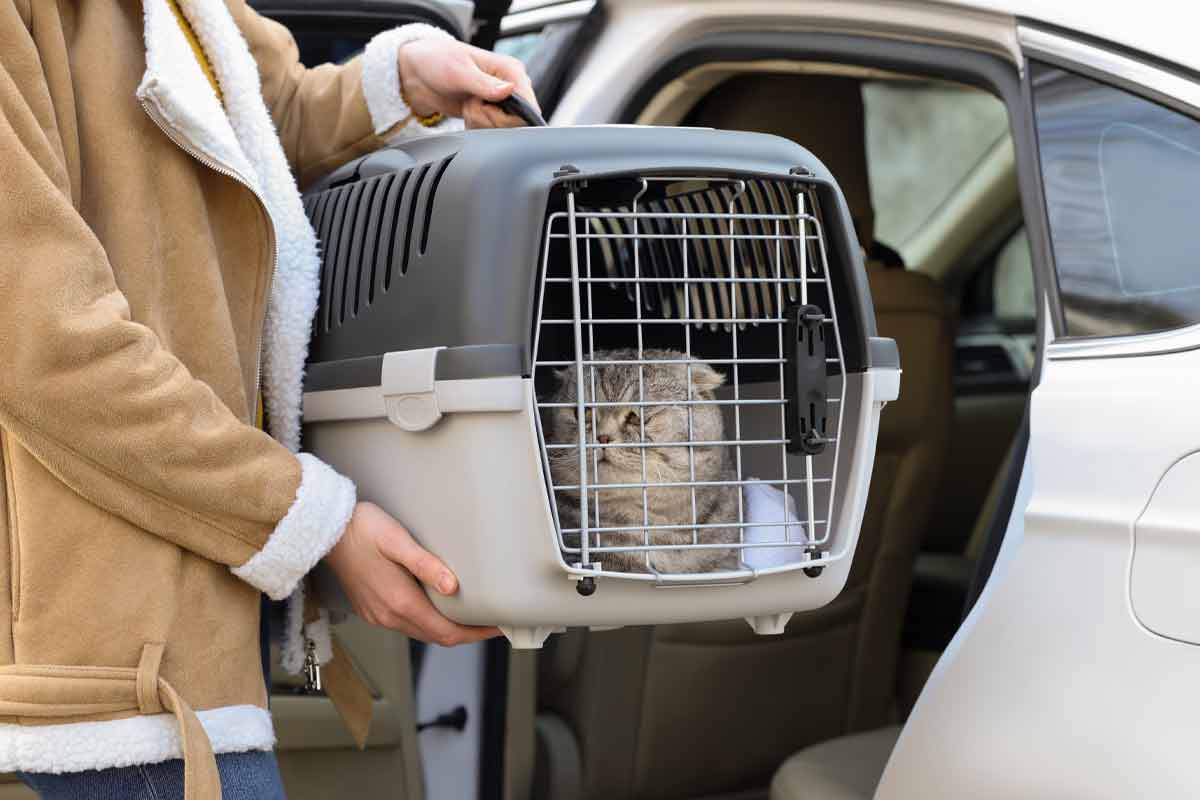
When it comes to a road trip buddy, your cat probably isn’t your first choice of partner. For many cat owners, road trips with their pets are fraught with stress. However, there will be times when a car journey is an inescapable necessity. After all, according to AAHA-AVMA feline preventive healthcare guidelines, the average domestic cat should visit a veterinarian at least once a year for a check-up up. Unless your vet does house calls, you’ll need to buckle up and hit the road together. At some point, you may end up moving house or even state, and a long journey lies on the horizon.
Don’t despair–car comfort is achievable with your feline friend through a process of acclimatization. Cats are unable to imagine a new scenario, so their reactions are all informed by past experience. The trick is building up neutral experiences associated with a car until your cat becomes comfortable with travel. Once you’ve passed the threshold of unknowns, the car can even become a safe space for a cat with its steady purring engine and patches of sunlight.
How to Prepare
Because car rides can be stressful, your cat may only take one trip a year in your vehicle for its annual veterinarian check-up. And therein lies the problem. Your cat’s only association with the car is an unpleasant experience in a strange place with a strange person poking and prodding them. It’s no wonder car rides are filled with loud meowing protests!
Get your cat familiar with the car ride routine using the following steps:
- The safest way to transport your cat in the car is always confined within a pet carrier. Unrestrained cats, especially a stressed one, can cause significant distractions while driving and increase the risk of a car accident. Furthermore, if you do collide or even just hit the brakes suddenly, your cat can become a dangerous projectile and suffer injuries. Instead, look for a pet carrier that allows them space to turn around and lie down, but also keeps them snug and secure. Vents or mesh offer airflow and also give them a limited view of their surroundings, which will help avoid sensory overload.
- Once you have the right crate or carrier, don’t stash it away until it’s time to drive. Let your cat become familiar with the carrier by leaving it out in the living space with the door open and a familiar blanket, toy, and treat inside. If they are wary, you can even try a little catnip or feline pheromone spray to entice them inside. Reward your cat with more treats once they voluntarily get in. Don’t shut the door yet, allow them to revisit the space and settle there before you enclose them.
- Now that they’re comfortable in the carrier’s confines, close it up and practice picking up, walking around, and putting them down around the house. Keep repeating this until they are confident before taking the carrier out and placing it in the car.
- Start the engine and sit inside the car with your cat while parked outside. Allow them to roam around the vehicle’s interior and cheek rub the space until it’s no longer a strange environment. Note: don’t attempt to drive anywhere while your cat is doing this.





